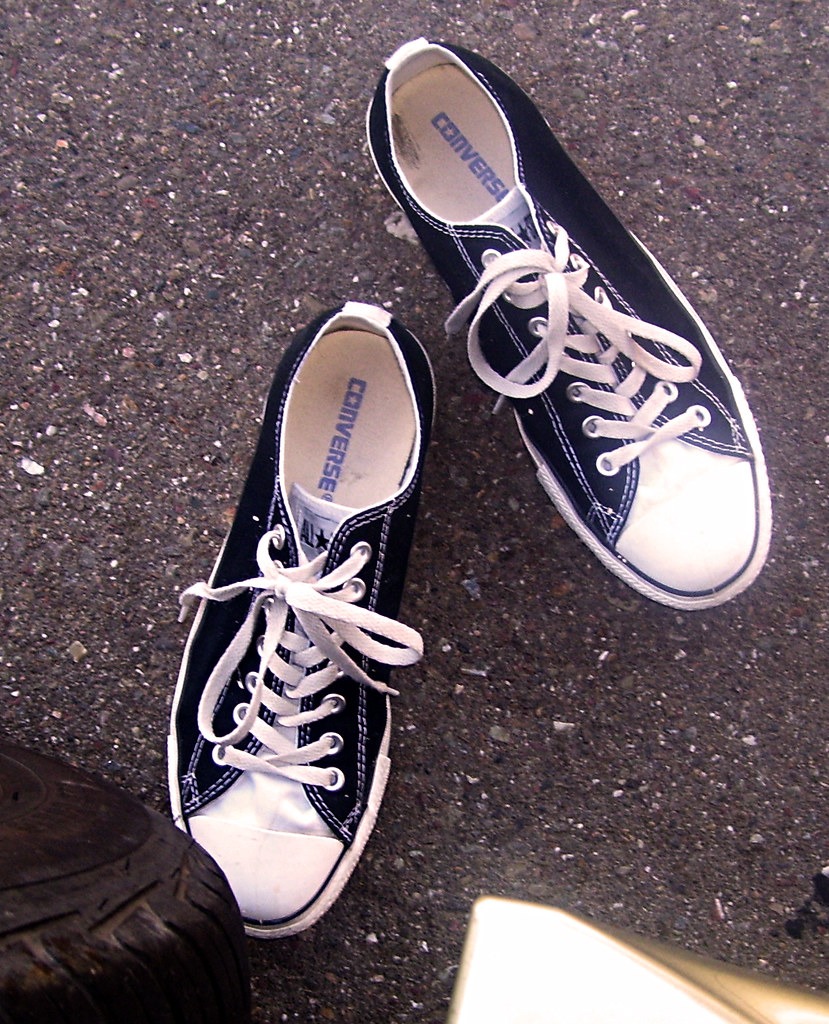Diabetic Shoe Checklist
This shoe checklist guides diabetics on features to pay attention to when purchasing footwear. Use the checklist when buying shoes and tick off each step when completed.
| Diabetic Shoe Buying Checklist | ||
| Feature | Rationale | Completed |
| Wide Toe Box: | Ample space for toes to spread naturally, reducing pressure points and preventing deformities. | |
| Deep Toe Box: | Accommodates toes comfortably, minimizing the risk of ingrown toenails and blisters. | |
| Cushioned Insoles: | Provides shock absorption, reducing foot fatigue and pain. | |
| Flexible Soles: | Allows for natural foot movement, promoting better balance and reducing the risk of falls. | |
| Adjustable Fasteners: | Allows for a customized fit, accommodating swelling and changes in foot shape. | |
| Seamless Interiors: | Reduces friction and irritation, preventing blisters and sores. | |
| Lightweight Materials: | Reduces foot fatigue and improves comfort, especially during prolonged wear. | |
| Arch Support: | Provides stability and helps to distribute weight evenly across the foot. | |
| Heel Counter: | Offers stability and prevents heel slippage, reducing the risk of injury. | |
| Non-Binding Topline: | Prevents irritation and discomfort around the ankle. | |
| Consult a Podiatrist: | A podiatrist can assess your specific needs and recommend the best type of shoe for you. | |
| Shop Later in the Day: | Feet tend to swell throughout the day, so it’s best to shop for shoes in the afternoon or evening. | |
| Consider custom orthotics | Consider Custom Orthotics: Custom orthotics can provide additional support and cushioning for individuals with severe foot problems. | |
| Inspect feet daily | A protective measure to maintain wellness and detect problems early. | |
| Keep feet dry and moisturized | Prevent breakdown and injury of the skin. | |
